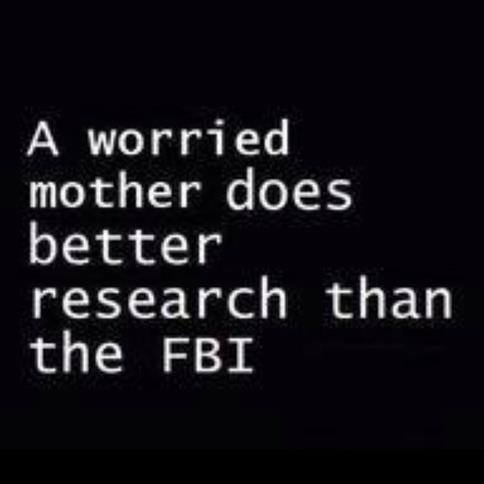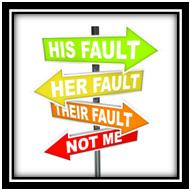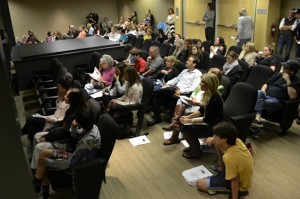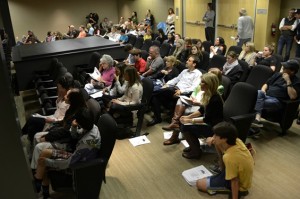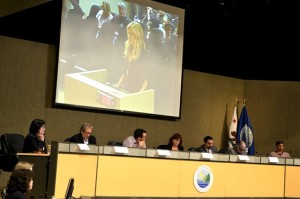Who’s ready to take the Red Pill ?
Do you know the story from the Matrix starring Keanu Reeves?
“You take the blue pill, the story ends. You wake up in your bed and believe whatever you want to believe. You take the red pill, you stay in wonderland, and I show you how deep the rabbit hole goes.” -Morpheus to Neo
The term red pilll is defined as a human that is aware of the true nature of the Matrix (our world). I took the red pill. I am now in this with my eyes wide open. Before Oct 2013, I cleaned my house with regular chemicals and didn’t think twice, I sat on my couch and cuddled with my kids and didn’t think twice, and I sent my kids to school thinking they were in a safe environment and I didn’t think twice. Fast forward, just 6 months later and my eyes are wide open. I took the red pill. I check the labels on my cleaning products, I wonder if my couch has PBDEs and I know what needs to be done to our beloved MHS and elementary schools to ensure our children are in a safe environment.
No one told me that if I take the red pill there is no way out. That red pill must be connected to our moral compass and now I am in it for the long hall. I don’t see a way out, I only see opportunities to make our world healthier and safer. Someone told me that it is my turn to become a steward of our environment. I wasn’t sure what that would entail, but for my kids; all of our kids, I will gladly find out.
Recently at a basketball game at MHS, a fellow parent asked me if I regret getting involved with this issue at MHS because of the time commitment and road blocks. Of course I said no right away  And I really don’t regret it at all. But as I thought more about it, I realized that you never know when or who will call on you to join something that matters and that is bigger then yourself; and for me this is one of those times. I am not sure how deep the rabbit hole goes… but I am in for better or for worse. But with all you, the amazing people that are in this with me, I know it will be for the better; not just for Malibu schools, but I hope for all schools in California and across the Country.
And I really don’t regret it at all. But as I thought more about it, I realized that you never know when or who will call on you to join something that matters and that is bigger then yourself; and for me this is one of those times. I am not sure how deep the rabbit hole goes… but I am in for better or for worse. But with all you, the amazing people that are in this with me, I know it will be for the better; not just for Malibu schools, but I hope for all schools in California and across the Country.
Who’s ready to take the red pill?
Please check out this award winning short video from HealthyChild.org, not only is it beautifully done, but it is eye-opening. I hope you enjoy it.
Warmest Regards,
Jennifer deNicola

